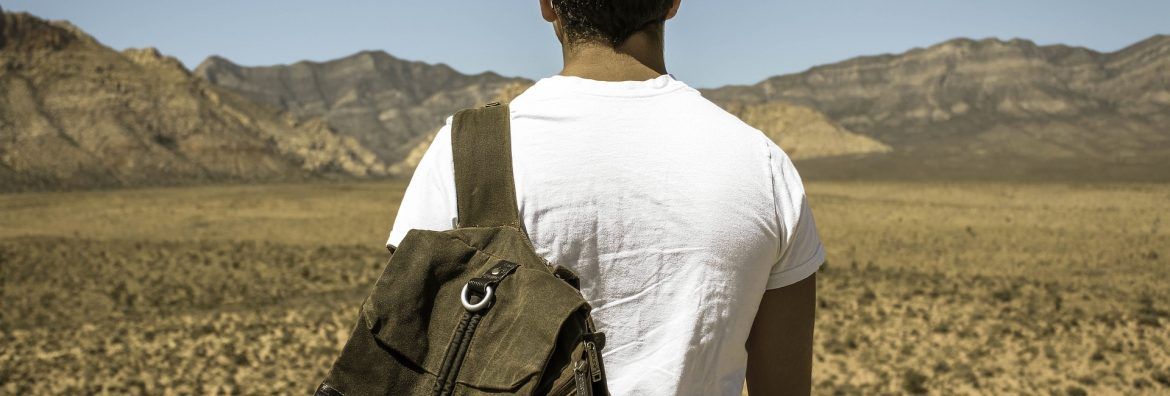Leaders emerge during times of crisis, formal titles or not. They provide support, strength, and vision for those around them. And they give something else of themselves: vulnerability.
Our presence as leaders is not only about projections or manifestations of strength. It is about being open to the concept of vulnerability – which, paradoxically, in and of itself is a strength.
Is there anyone in the world today who does not feel vulnerable?
In speaking with leaders in recent days, I find that many are struggling with their personal situations (working at home with young children, for instance), as well as their own insecurities and fears. They confess to me that they are reluctant to tell others what they are experiencing, although they realize the emotions they feel are universal. These leaders sometimes conclude that telling others what they are experiencing might be a sign of weakness.
I ask my clients “What do you feel vulnerable about now?” and “How would it serve you and your team by talking about it?” Also, “How can you best establish a connection with your people during this crisis?” Finally, “What do you think your people concerned about?”
What emerges from their answers? That opening up on a personal level is what people need. And a leader who speaks of his or her own challenges opens up the possibilities for others to speak about theirs. That solidifies the connection – that human contact – which is so important to each of us. Read More…









